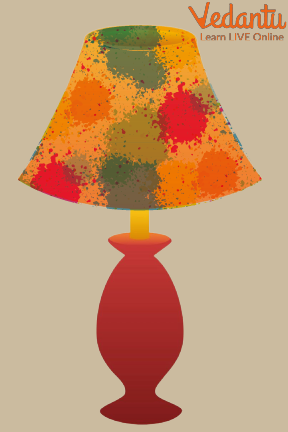




What is Analogy?
An analogy is a visual representation of how two things are comparable. The purpose of an analogy is not only to exhibit but also to explain. Its goal is to compare and contrast two ideas or objects in order to explain them. To represent an analogy, metaphors and similes are employed. As a result, the analogy of words and their formation is more complex than a simile or a metaphor.
(image will be uploaded soon)
Meaning of Analogy
An analogy is a comparison of two objects that are primarily dissimilar yet share some characteristics. Comparisons can be done in different ways using a simile or a metaphor. While these ways may seem similar as they use objects that share a few similarities like analogies. They differ in small and significant ways.
Simile Vs Metaphor Vs Analogy
Different Types of Analogy
Let’s Practice Analogy Questions!
Select the correct word to complete the figure analogy.
1. Soft: Loud:: Slow: ___.
(image will be uploaded soon)
2. Up: Down:: Tall: ___.
(image will be uploaded soon)
(image will be uploaded soon)
(image will be uploaded soon)

3. Gloves: Hand:: Sock: __.
(image will be uploaded soon)
Tricks to Write a Good Analogy
Analogies should be straightforward and simple to remember.
The best analogies are those that are already familiar to you.
The analogy's purpose must be clearly defined.
Describe the connection between the analogy and the target concept.
Explain the analogy's limitations.
Make use of visuals.
Learn By Doing It Yourself
1. Based on the images, complete the analogy.
(image will be uploaded soon)
(image will be uploaded soon)
(image will be uploaded soon)
(image will be uploaded soon)
2. Figure out the analogy reasoning and answer the questions.
1. Bed is to sleeping as Pool is to __________.

Bed Sleeping
2. Careless is to accident as Careful is to ________.

Careless Accident
3. Child is to family as Student is to _______.

Child Family
FAQs on What is Analogy? Examples and Types Explained
1. What makes a good analogy?
A comparison of two things is called an analogy. By their very nature, the two things are opposite. An analogy takes a difficult subject and simplifies it by comparing it to something else. An analogy's simpler or more familiar feature aids the reader's comprehension of the more complex idea.
2. Why is it necessary to study analogy?
Children are encouraged to think about the terms they've learnt and how they are related when they practise analogies. Analogies are useful learning tools for enhancing conceptual comprehension and thinking skills.
3. What is the advantage of employing an analogy?
When children practise analogies, their interest and readiness for more rigorous and sophisticated readings rises. In the future, teaching children that words can have several meanings will help them score better on tests.










